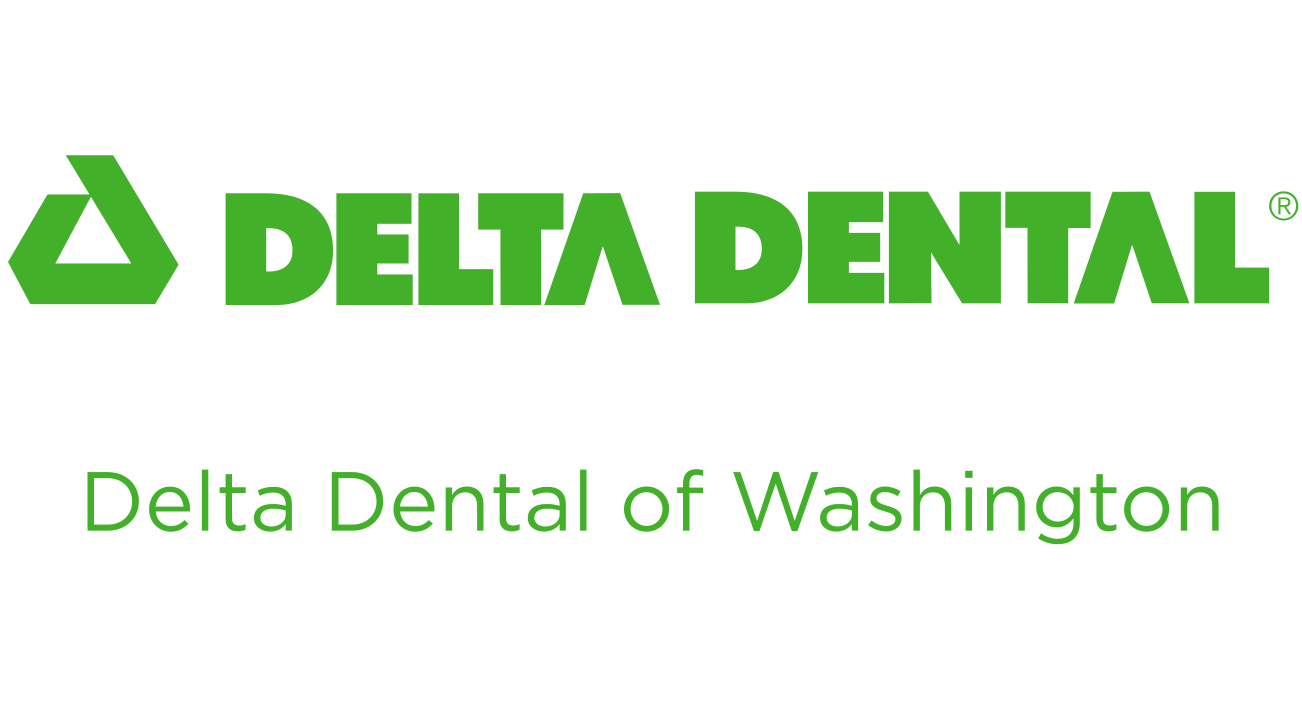Are you or a member of your family covered by more than one dental plan? If so, this blog post for you.
Dual coverage is the industry term used when someone has coverage from more than one plan. This can happen in many ways. You may have coverage from your employer and your spouse’s employer. Or, parents could have separate coverage on their children through their individual employers.
If you have dual coverage, you need to let each plan know you’re covered by more than one plan. They will work together to “coordinate” your benefits.
What is Coordination of Benefits?
Coordination of benefits (COB) is the procedure your insurance companies use to determine which one covers procedures first and which plan picks up as secondary. This cannot be set-up per preference of the patient, it is set-up by specific guidelines.
Always make sure your two plans will coordinate. There are some plans that do not allow coordination unless the primary plan has been exhausted.
There are some instances to keep in mind as well when coordinating plans. Health Care responsibility (for divorced parents with covered dependents) and Divorce Decrees are always used to determine primary coverage in the coordination process.
Which Dental Plan is Primary?
The primary plan always processes and pays your claims first. The secondary plan then pays toward the remaining cost, only if their coverage for your treatment is higher than your primary plan.
The Washington State Office of Insurance Commissioner has rules that govern how we coordinate your benefits with other carriers.
It can get complicated, but here are the general guidelines:
- When both plans have COB provisions, the plan where you’re listed as the main policyholder is primary. The plan where you’re listed as a dependent serves as the secondary. Example: You are the policyholder on the dental plan provided through your employer. You are listed as a dependent on the dental plan provided through your spouse’s employer. Therefore, for your claims, your employer’s dental plan is primary and your spouse’s dental plan is secondary.
- If a dependent has coverage through you and another parent/guardian, the parent/guardian whose birthday falls first in the year is the primary plan. The parent/guardian whose birthday falls second serves as the secondary plan. Example: Your birthday is March 4 and your spouse’s birthday is September 7. For your child’s claim, your dental plan would be primary and their plan would be secondary.
The guidelines listed above are those that pertain to regular book plans. There are plans that specifically state whether they are always primary or always secondary. They include:
- COBRA plans: always secondary to an active plan.
- DeltaCare/HMO plans: Always primary.
- Retiree plans: always secondary to an active plan and primary to a COBRA plan.
If you need assistance with your coordination of benefits, let us know. We’re happy to help.
How Does Coordination of Benefits Work?
Let’s say you visit the dentist to fill a cavity and your dentist charges $100 for fillings. Your primary dental plan covers fillings at 80 percent and your secondary plan covers fillings at 90 percent.
Your dental office will send your dental claim to your primary dental plan. Since your primary plan covers fillings at 80%, and it was a $100 filling, your primary plan will pay your dentist $80.
Normally, you would owe $20 to your dentist.
But, since you have more than one dental plan, you can have your secondary dental plan process your claim for the remaining $20. Since they cover fillings at 90 percent, they will pay 90 percent of $20.
In this example, your secondary plan will pay your dentist another $18 and you will owe your dentist $2 for your filling.
Examples would differ if deductibles applied.
Want to learn more?
Create or sign in to your MySmile® account to find out if your plan has COB coverage.












